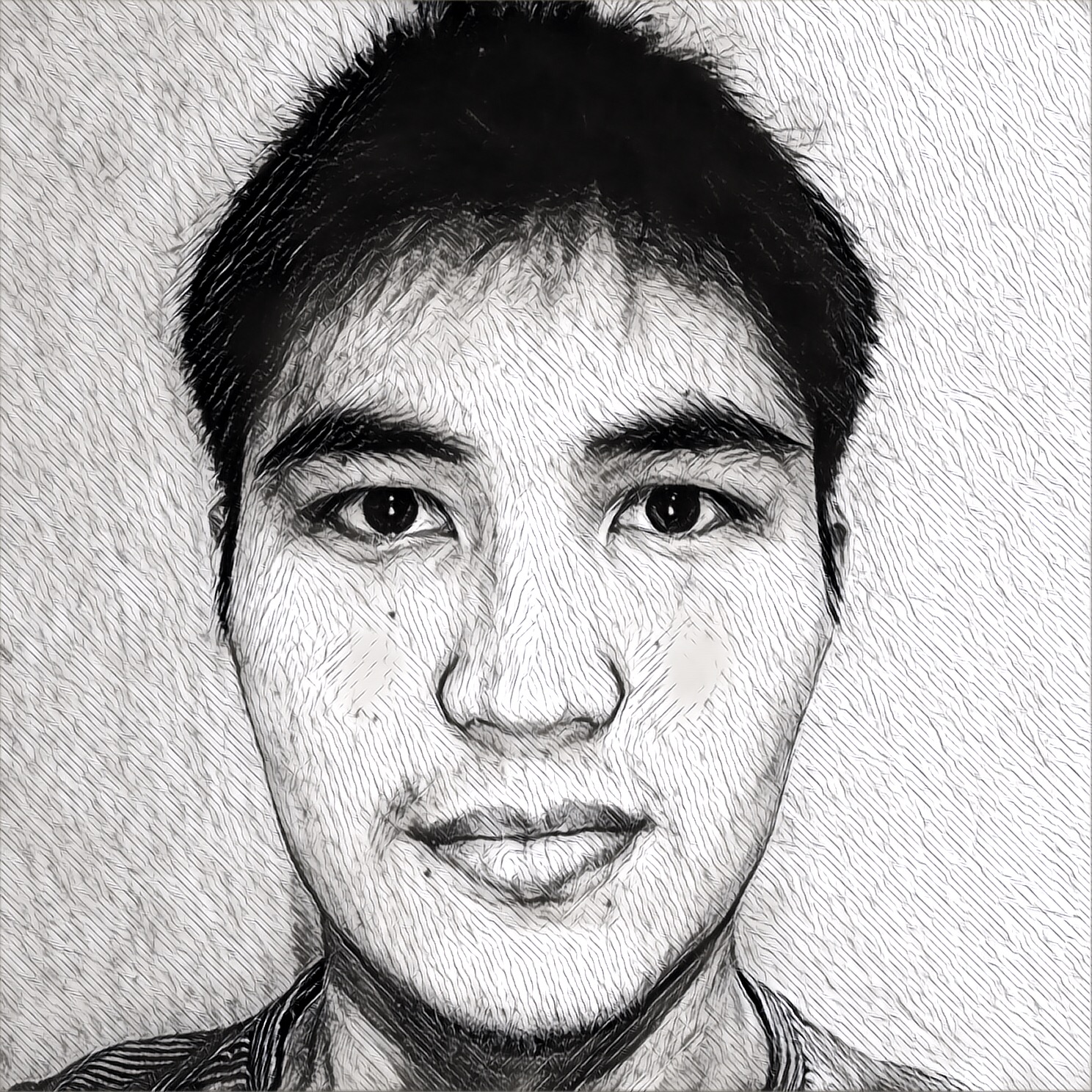Common issues of UIStackView
I want to share my experience using of UIStackView in my last projects. This post will be about common issues and problems that arise when using UIStackView.
NSLayoutConstraint Warnings
Most of the developers using UIStackView for its flexibility. You can add or insert view to a specific position, remove needed views or just make view hidden without extra work. UIStackView has good API, but sometimes developers should do some preprocessing to avoid unneeded behavior and console warnings.
Often I needed to add views to UIStackView in particular order and then just make some views hidden or not hidden. For example, to show error message below UITextField or disclaimer with some text.
You may saw some warnings when you make some arranged subview of UIStackView hidden. In most cases, it happens because your view has subviews, and positions are specified by Auto Layout.
This is an example warning:
Probably at least one of the constraints in the following list is one you don't want. Try this: (1) look at each constraint and try to figure out which you don't expect; (2) find the code that added the unwanted constraint or constraints and fix it. (Note: If you're seeing NSAutoresizingMaskLayoutConstraints that you don't understand, refer to the documentation for the UIView property translatesAutoresizingMaskIntoConstraints)
(
"<NSLayoutConstraint:0x7fa3a5004310 V:[App.DummyView:0x7fa3a5003fd0(40)]>",
"<NSLayoutConstraint:0x7fa3a3e44190 'UISV-hiding' V:[App.DummyView:0x7fa3a5003fd0(0)]>"
)
To avoid these warnings you should change the priority of your NSLayoutConstraint’s from 1000 (required) to 999.
self.labelHeightConstraint.priority = 999;
You can ask me, for which constraints? It depends. If you are using vertical UIStackView you should reduce priorities of your height, top, and bottom constraints. In the other hand for horizontal UIStackView, you need to reduce priorities of width, left and right constraints. In some cases, all constraint priorities should be reduced.
Therefore you can add a category for UIView class for convenience. For example:
/* In .h file */
#import <UIKit/UIKit.h>
@interface UIView (Extensions)
/**
Method to set UILayoutPriority for all UIView's constraints.
Purpose of this method is to avoid warnings when using view inside UIStackView and
calling methods hidden = true/false.
@param priority UILayoutPriority value
*/
- (void)setAllConstraintsPriorityTo:(UILayoutPriority)priority;
@end
/* In .m file */
#import "UIView+Extensions.h"
@implementation UIView (Extensions)
- (void)setAllConstraintsPriorityTo:(UILayoutPriority)priority {
for (NSLayoutConstraint *constraint in self.constraints) {
constraint.priority = priority;
}
}
@end
Above solution will resolve many warnings, but we also have the special case. It will be described in the below section.
Nested UIStackView
Sometimes we need to combine multiple UIStackView. For example, use horizontal one inside of vertical and in other scenarios.
To avoid NSLayoutConstraint warnings you need to wrap your child UIStackView with UIView. And do not forget to reduce constraint priorities.
Again, for convenience you, can create a subclass of UIView with UIStackView inside it. For instance:
/* In .h file */
#import <UIKit/UIKit.h>
@interface StackedView : UIView
@property (nonatomic, strong, readonly) UIStackView *stackView;
@end
/* In .m file */
#import "StackedView.h"
#import "UIView+Extensions.h"
#import "PureLayout.h"
@implementation StackedView {
- (instancetype)init {
self = [super init];
if (self) {
[self setup];
}
return self;
}
- (instancetype)initWithCoder:(NSCoder *)aDecoder {
self = [super initWithCoder:aDecoder];
if (self) {
[self setup];
}
return self;
}
- (void)setup {
_stackView = [UIStackView newAutolayoutView];
self.stackView.alignment = UIStackViewAlignmentFill;
self.stackView.distribution = UIStackViewDistributionFill;
self.stackView.axis = UILayoutConstraintAxisVertical;
[self addSubview:self.stackView];
[self.stackView autoPinEdgesToSuperviewEdges];
[self setAllConstraintsPriorityTo:999];
}
@end
That’s it about NSLayoutConstraint warnings which appear when using UIStackView.
UIStackView inside UIScrollView
Since the size of device screens are limited UIStackView is useless if we have big content. You may correctly guess that this problem can be solved by putting stack view inside UIScrollView.
There are a number of approaches to do this. This is my favorite:
/* In .h file */
#import <UIKit/UIKit.h>
typedef enum ScrollDirection: NSInteger {
ScrollDirectionVertical,
ScrollDirectionHorizontal
} ScrollDirection;
@interface StackedScrollView : UIScrollView
- (instancetype)initWithScrollDirection:(ScrollDirection)scrollDirection;
@property (nonatomic, strong, readonly) UIStackView *stackView;
@property (nonatomic) ScrollDirection scrollDirection;
@end
/* In .m file */
#import "StackedScrollView.h"
#import "UIView+Extensions.h"
#import "PureLayout.h"
@interface StackedScrollView ()
@property (nonatomic, strong) NSMutableArray *stackViewConstraints;
@end
@implementation StackedScrollView
- (instancetype)initWithScrollDirection:(ScrollDirection)scrollDirection {
self = [super init];
if (self) {
[self setup];
self.scrollDirection = scrollDirection;
}
return self;
}
- (void)setup {
self.stackViewConstraints = [NSMutableArray new];
self.stackView = [UIStackView new];
self.stackView.alignment = UIStackViewAlignmentFill;
self.stackView.distribution = UIStackViewDistributionFill;
[self addSubview:self.stackView];
}
- (void)layoutSubviews {
[super layoutSubviews];
self.contentSize = self.stackView.frame.size;
}
#pragma mark - Setters
- (void)setScrollDirection:(ScrollDirection)scrollDirection {
_scrollDirection = scrollDirection;
if (self.stackViewConstraints) {
[self.stackViewConstraints autoRemoveConstraints];
}
if (self.stackView) {
if (self.scrollDirection == ScrollDirectionHorizontal) {
self.stackView.axis = UILayoutConstraintAxisHorizontal;
[self.stackViewConstraints addObject:[self.stackView autoPinEdgeToSuperviewEdge: ALEdgeTop]];
[self.stackViewConstraints addObject:[self.stackView autoPinEdgeToSuperviewEdge:ALEdgeLeft]];
[self.stackViewConstraints addObject:[self.stackView autoPinEdgeToSuperviewEdge: ALEdgeBottom]];
} else {
self.stackView.axis = UILayoutConstraintAxisVertical;
[self.stackViewConstraints addObject:[self.stackView autoPinEdgeToSuperviewEdge:ALEdgeTop]];
[self.stackViewConstraints addObject:[self.stackView autoPinEdgeToSuperviewEdge:ALEdgeLeft]];
[self.stackViewConstraints addObject:[self.stackView autoPinEdgeToSuperviewEdge:ALEdgeRight]];
}
}
[self setAllConstraintsPriorityTo:999];
[self setNeedsLayout];
[self layoutIfNeeded];
}
@end
Removing Arranged Subviews
And the last thing to mention is the proper way to remove arranged subviews from UIStackView. It may be seen stupid, but I didn’t understand initially why removed arranged subviews by method removeArrangedSubview: are still appearing on the screen. Only be reading the documentation of this method I understood that we also have to remove it from view hierarchy by hand.
As Apple documentation says on removeArrangedSubview: method:
This method removes the provided view from the stack’s
arrangedSubviewsarray. The view’s position and size will no longer be managed by the stack view. However, this method does not remove the provided view from the stack’ssubviewsarray; therefore, the view is still displayed as part of the view hierarchy.
To prevent the view from appearing on screen after calling the stack’s
removeArrangedSubview:method, explicitly remove the view from the subviews array by calling the view’sremoveFromSuperviewmethod, or set the view’shiddenproperty toYES.
Therefore to completely remove your view just call removeFromSuperview method.

Leave a Comment